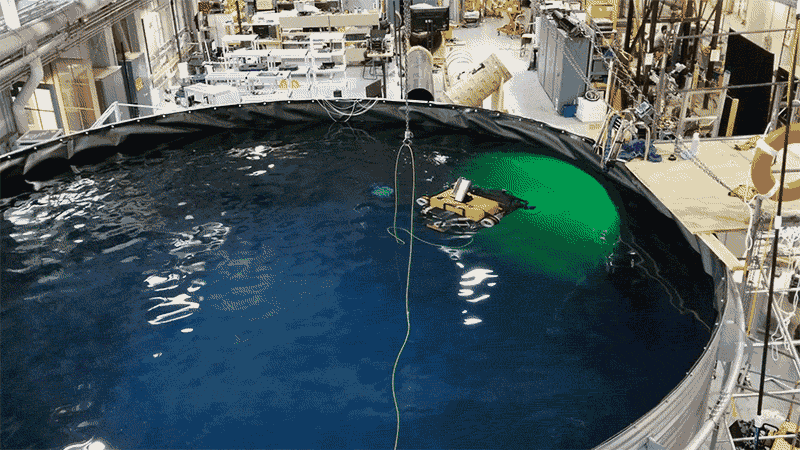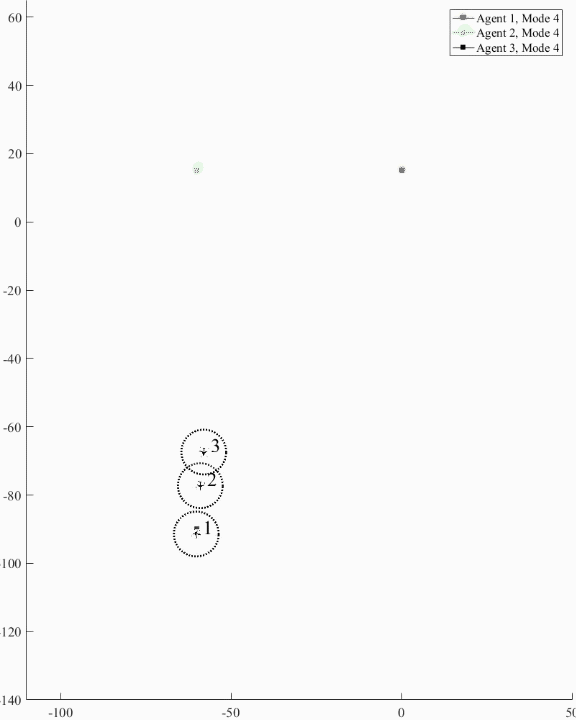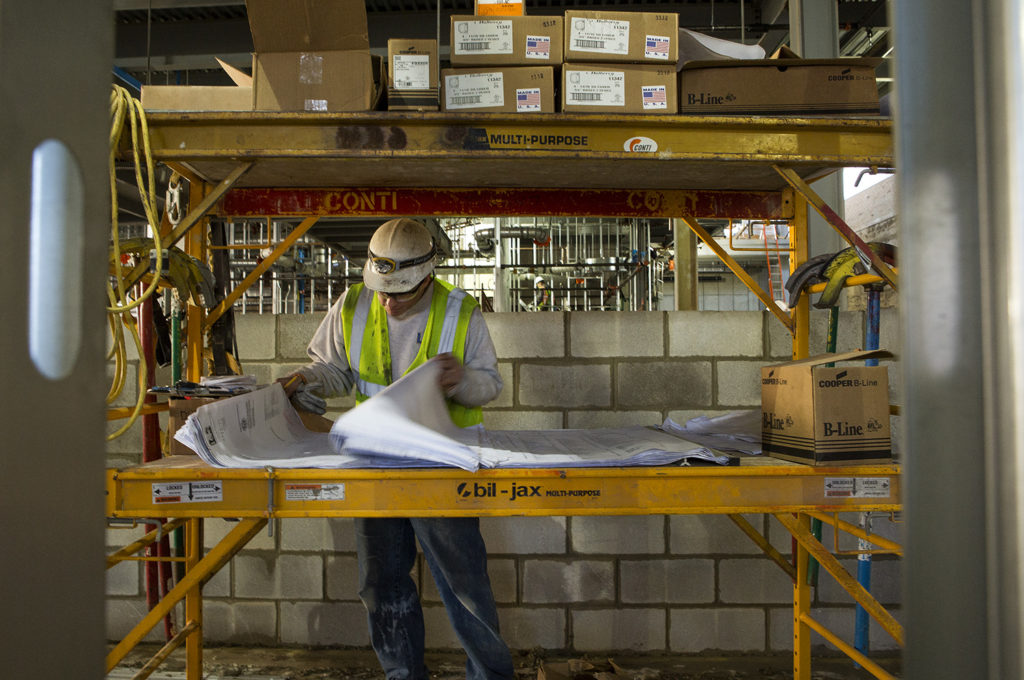What is Michigan Robotics all about?
In three words, we are ALGORITHMS IN MOTION.
We are a team of roboticists and faculty with related expertise who are deeply grounded in the science and fundamentals that produce breakthroughs in robotics, now and in the future. We are fully committed to the balance of theory and practice, where ideas are fleshed out on the whiteboard and in simulations — and then tested in real hardware. Before we share our work with you, our peers and the public, we’ve given it a pretty thorough going over in house. We believe that confronting both theory and hardware is critical in the training of the next generation of leaders.
All of us have seen the sped-up videos of robots picking up objects or walking across uneven terrain — a sure sign that the state of robotics is yet not up to the task of dealing with the real world. A driving force in our work is ROBOTS THAT MOVE AT THE SPEED OF LIFE. We are developing the science and technology for robots that work quickly, safely and efficiently alongside humans, outside the laboratory, “or in the wild,” as we like to say.
The core of autonomy is the ability to handle the unknown — explore previously unmapped environments, dexterously manipulate new objects, and recover from unexpected situations, accidents and malfunctions. We attack the problem from all angles, an approach we call FULL SPECTRUM AUTONOMY.
It is much easier to get the top layer in the autonomy spectrum — whether AI or Deep Learning methods — working on a machine that can already reliably execute a rich set of motion primitives. This lower level of the autonomy spectrum typically relies on modeling, optimization, and feedback control methods, integrated with active perception, be it vision or LIDAR or something else entirely.
But none of this makes much sense unless the machine can carry sufficient energy onboard to complete a task. Michigan Robotics researchers also explore completely different notions of autonomy, optimizing robot hardware for mechanical and electromechanical efficiency. Full spectrum autonomy covers the highest levels of reasoning to the lowest level servo loops, active perception, and robotic mechanisms themselves, with the bottom line being:
BOLDLY SENDING ROBOTS WHERE NO ROBOT HAS GONE BEFORE!
Jessy Grizzle
Director, Michigan Robotics
Elmer G. Gilbert Distinguished University Professor
Jerry W. and Carol L. Levin Professor of Engineering



